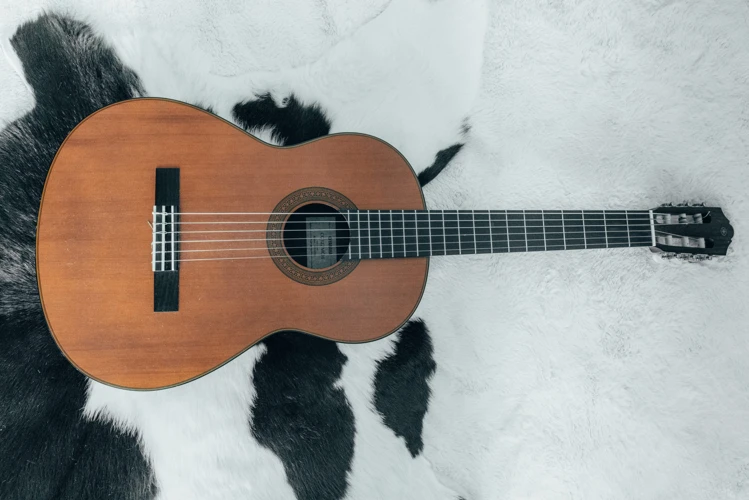Country music has a unique sound that is instantly recognizable. A big part of that sound comes from the way the guitar is tuned and played. In this article, we will explore the ins and outs of tuning a guitar for country music, and provide some tips and tricks to help you get that classic country sound.
Standard Tuning
The most common tuning for country music is standard tuning, which is the same tuning used for most other types of music. The strings are tuned to E, A, D, G, B, and E from low to high. This tuning is a great place to start for country music, as it provides a solid foundation for the chords and melodies that are commonly used in the genre.
Alternate Tunings
While standard tuning is the most common tuning for country music, many country musicians also use alternate tunings to achieve specific sounds and effects. Some common alternate tunings in country music include dropped D, open G, and open D. These tunings can add a unique flavor to your playing and help you create new and interesting chord voicings and melodies.
Tuning Your Guitar
Tuning your guitar is an essential skill for any guitar player, and it’s especially important when playing country music. There are a few different methods you can use to tune your guitar, including using a tuning fork, using an electronic tuner, or using a smartphone app. No matter which method you choose, make sure you take your time and tune your guitar carefully to ensure that it is in tune with itself and with other instruments you may be playing with.
Strings Gauges
Another important consideration when tuning your guitar for country music is the gauge of the strings you use. String gauge refers to the thickness of the strings, and it can have a big impact on the sound and playability of your guitar. Many country musicians prefer to use lighter gauge strings, as they are easier to play and can help create a brighter, twangier sound. However, heavier gauge strings can provide a fuller, richer sound, so it’s ultimately a matter of personal preference.
Action and Intonation
In addition to tuning your guitar, you’ll also want to make sure that the action and intonation are correct. Action refers to the height of the strings above the fretboard, and intonation refers to the accuracy of the guitar’s tuning across all of the frets. If the action is too high, the strings will be difficult to press down, and if the intonation is off, the guitar will not be in tune with itself. Both of these factors can have a big impact on the playability and sound of your guitar, so it’s important to make sure they are adjusted correctly.
Playing Techniques
Once you have your guitar tuned and set up correctly, it’s time to start playing! Country music often features specific playing techniques, such as chicken pickin’, which involves using a thumb pick and fingers to create a percussive, rhythmic sound. Other common techniques include using a flat pick, using a fingerstyle approach, and using hybrid picking (a combination of fingerstyle and flat picking). Experiment with different techniques to find the sound that works best for you and the song you’re playing.
Looking to perfect your guitar skills in country music? Learn more about slide guitar techniques, rhythm guitar playing, and the use of guitar pedals in country music. Explore the world of acoustic guitarists in country music for inspiration and tips on honing your craft!
Conclusion
Tuning your guitar for country music is an important step in achieving that classic country sound. Whether you’re using standard tuning or one of the many alternate tunings, make sure you take your time and tune your guitar carefully. Pay attention to string gauges, action, and intonation, and experiment with different playing techniques to find the sound that works best for you. With a little practice and patience, you’ll be able to tune your guitar and play country music like a pro!



